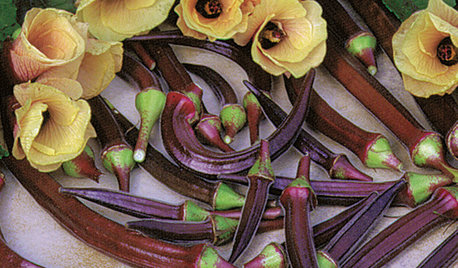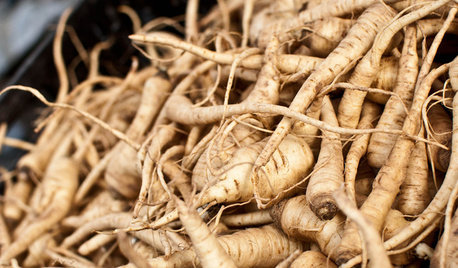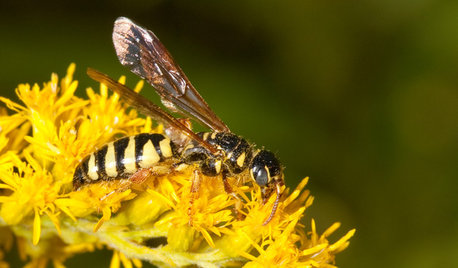How do you handle Nematodes?
Steve Massachusetts
11 years ago
Related Stories

GARDENING GUIDESSummer Crops: How to Grow Okra
Go for the gumbo with this quick-growing edible that brings colorful pods and delicate flowers to a summer garden
Full Story
COOL-SEASON CROPSCool-Season Vegetables: How to Grow Parsnips
This unfairly maligned root vegetable is the ideal choice for a winter garden, sweetening with the frost and having a long storage life
Full Story
LIFEHow to Outsmart Backyard Critters
Learn to think like a raccoon, skunk or squirrel to keep your home safe and your garden intact
Full Story
GARDENING GUIDESGarden Myths to Debunk as You Dig This Fall and Rest Over Winter
Termites hate wood mulch, don’t amend soil for trees, avoid gravel in planters — and more nuggets of garden wisdom
Full Story
EDIBLE GARDENSSummer Crops: How to Grow Tomatoes
Plant tomato seedlings in spring for one of the best tastes of summer, fresh from your backyard
Full Story
GARDENING GUIDESAttract Thynnid Wasps With Summer-Flowering Native Plants
These beneficial insects will hunt damaging beetle grubs in your lawn
Full Story
EDIBLE GARDENSSummer Crops: How to Grow Squash
Almost foolproof and with cheerful flowers, squash comes in a wide range of varieties to plant in spring
Full Story






coll_123
ken_adrian Adrian MI cold Z5
Related Professionals
Erie Landscape Architects & Landscape Designers · Fitchburg Landscape Architects & Landscape Designers · Horsham Landscape Architects & Landscape Designers · Bowie Landscape Contractors · Cordele Landscape Contractors · Fort Wayne Landscape Contractors · Kaneohe Landscape Contractors · Lexington Landscape Contractors · Rockville Landscape Contractors · Twin Falls Landscape Contractors · Centreville Driveway Installation & Maintenance · Roy Driveway Installation & Maintenance · Wilson Fence Contractors · Phoenix Solar Energy Systems · Reedley Solar Energy Systemsin ny zone5
paul_in_mn
thisismelissa
Steve MassachusettsOriginal Author
User
ilovetogrow z9 Jax Florida
hostahillbilly
Steve MassachusettsOriginal Author
in ny zone5
andy10917
ilovetogrow z9 Jax Florida
Steve MassachusettsOriginal Author
coll_123
bkay2000
thisismelissa
ilovetogrow z9 Jax Florida
User
ilovetogrow z9 Jax Florida
allnitro
User
Pieter zone 7/8 B.C.